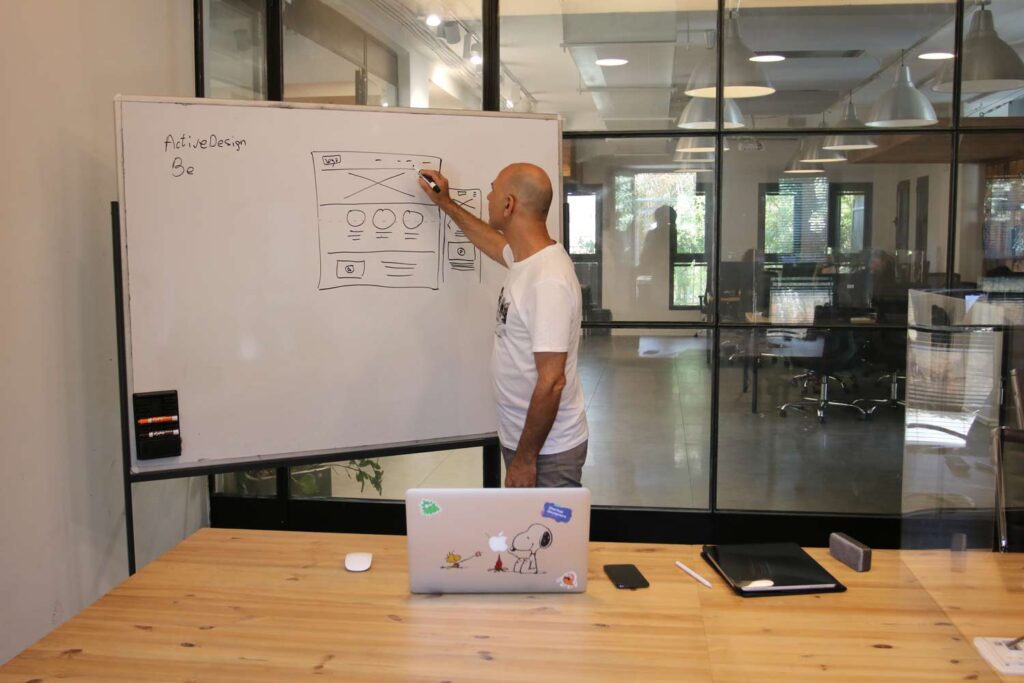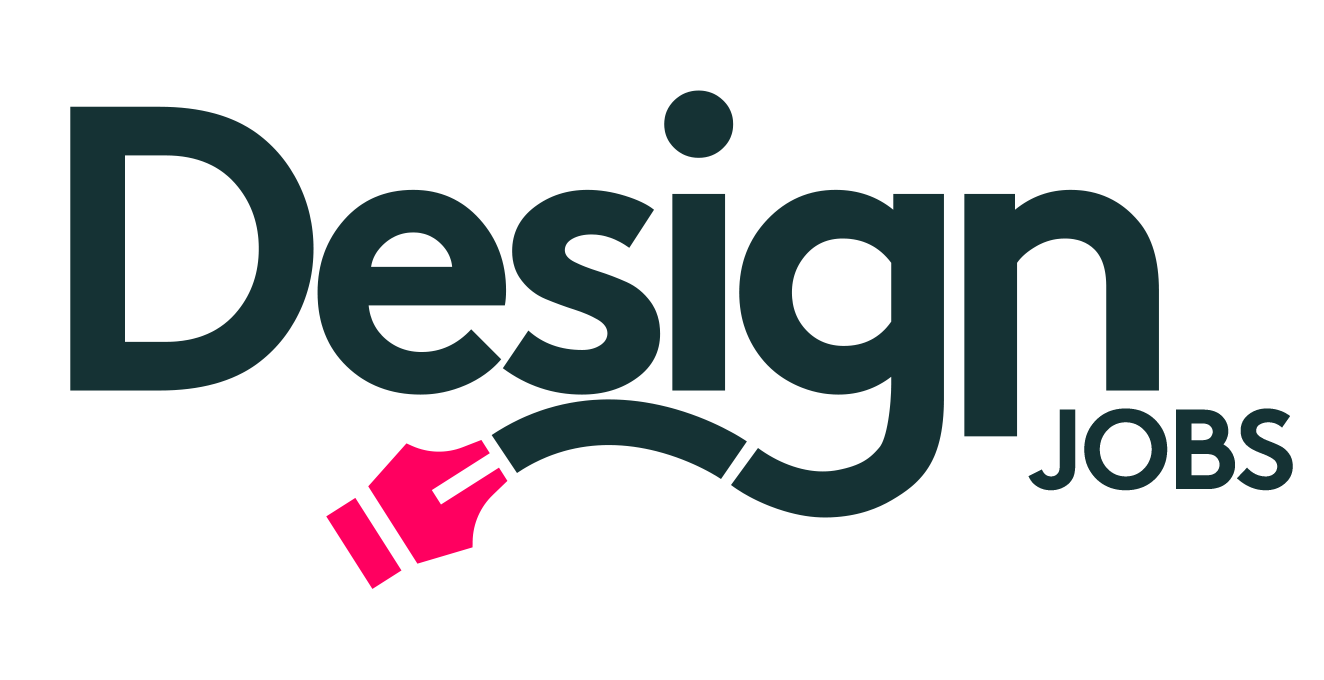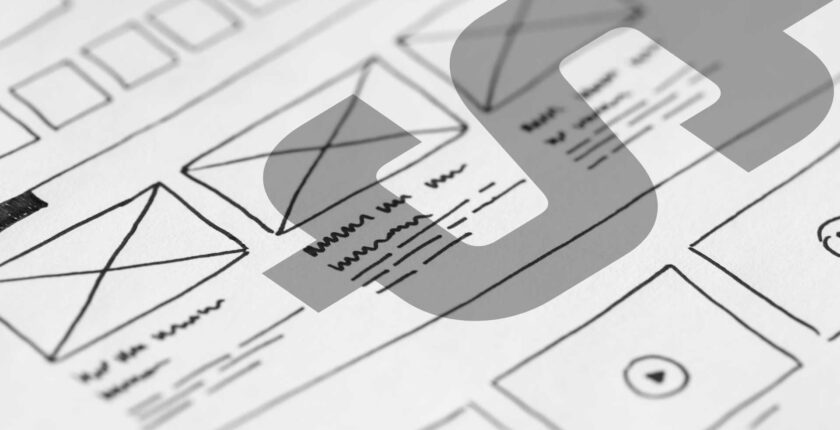UX Design Salaries in Australia Skyrocket – Don’t Miss the Boat
With strong growth in the tech sector and virtually all businesses moving online in some shape or form in recent times, demand for UX designers has skyrocketed. So too have UX design salary expectations with designers now some of the highest paid workers in Australia.
Imagine being a fresh graduate, straight out of university (or even just a short course) and stepping into a $85k job without any professional experience. This is now the reality for many junior UX designers in Melbourne and Sydney.
Get some experience under your belt and that figure can quickly rise to the average UX designer salary in Australia of around $115k. Work on some big client projects, build a strong portfolio and maybe collect a design award or two and salaries in the realm of $150k-$200k are not out of the question.
Compare this to the median national income (across all industries) of $41,860, as reported by the Australian Bureau of Statistics or $67,727 according to Talent.com, to put this into perspective.
The median UX designer salary in Melbourne is in line with the national average at around $115k per year. The average UX design salary in Sydney is slightly higher at around $120k.
So, what does this mean for you as a designer? How you can you get in on the action and how do you know what you should be earning? Let’s find out!
Table of Contents
Starting a career in UX design
People tend to enter the UX design workforce from one of two angles. The first, and most common, is that they have experience in another design discipline, such as graphic design or web design and pivot to UX. The second path is that they come from a non-design background but have an interest in the field. This group study UX design at university or through a professional course. Neither of these paths is better or worse than the other, and both can result in good, high-paid jobs.
In my experience as an employer hiring UX designers, we are looking for a few key traits in candidates. These traits or the lack thereof will determine whether we offer someone a position and what kind of salary package is attached to that offer. These key traits are:
- An eye for design (good taste is a big part of this)
- A portfolio showing at least three well thought out projects (commercial or non-commercial)
- Good communication skills (you need to be able to hold a basic conversation)
- A positive attitude (Smile and show us you want the job)
- Signs of reliability (don’t be late to interviews or show up without your portfolio etc.)
Ticking all of the boxes above isn’t even that hard when you think about it. Even for a recent graduate, its not that hard to show up on time to an interview, be friendly and walk me through three of your designs and the thinking behind them. The only thing that is potentially out of your control is your eye for design. But, even this can be worked on. Ask your UX design teacher or previous employer for feedback on this.
The $Million UX designer portfolio
As you probably know by now, your portfolio is your key to success in the UX job-hunting game. It is your chance to show off your skills, highlight your successes and demonstrate to potential employers that you are the candidate they are looking for. Sounds simple, but you’d be surprised at how many designers get this part wrong.
When you are just starting out you wont have many design projects under your belt. Therefor, you may need to include designs you did at uni or spec projects you designed purely to demonstrate your skills.

Here are some tips:
- Make sure to include a minimum of 3 complete projects.
- Don’t include school projects you worked on as part of a team unless you were the lead designer on them. Even then, don’t ONLY include class projects.
- Don’t include irrelevant designs. If you are applying for a UX role, including logo designs or photography work doesn’t help you. If you are applying for a combined UX/UI role, a little bit of that is more acceptable but try and stick mainly to UX and UI designs.
- Make it interesting – Tell a story with each project but skip the boring bits. You don’t need to include every sticky note and white board photograph in your portfolio. Just include the minimum required to tell the high level story of each project.
If you’ve been in the game a little longer you’ll obviously have more work to show off. For you a different set of rules apply:
- Choose your best 4-8 projects only. Employers will ask for more if they want to see more.
- Tell the story of each project, not just a screenshot without context.
- Include desktop and mobile design examples. If you are applying for a more senior role, most employers will expect expertise in both.
- Never include individual design examples as links to files and attachments to emails. Employers hate trawling through that stuff. Keep everything in one convenient location, either in an online portfolio the employer can click through easily (try UXFolio) or as a single PDF portfolio.
Knowing your worth as a UX designer
Some job ads will include the salary package on offer. Many don’t, and in those cases you’d need to know what to ask for and what you are willing to accept.
The average salary for a junior UX designer in Australia is $75-85K per year. For a mid-level UX designer the average is $95-115K and for a senior UX designer the average is $120-145K. Of course, these are averages and your specific salary will depend on many factors such as your location, experience and skillset.
The wages you can expect also differ slightly depending on where you are located, with UX designer salaries in Melbourne and Sydney deviating by around $5k.
Arriving at a number can be tricky.
Luckily for you, we developed a comprehensive UX Design Salary Calculator, to help you figure it out. See below. Of course, this is only a guide and every employer and scenario is different but it’s a very good starting point.
UX Design Salary Calculator
Fill out the form below to find out what you could be earning.
Negotiating a UX designer salary package
Salary isn’t everything. Its the entire salary package you need to take into account when considering whether to accept a job offer or not. The salary is only part of the equation. Here are some other perks to consider:
- Flexible working arrangement
- Bonus structure
- Profit sharing
- Equity in the company
- Extra leave like a day off on your Birthday
- Learning and development opportunities
- Company car
- Mobile phone and call plan
- Free lunches!
Yes, these are all actual perks from real-life UX designer job ads. You won’t likely be able to negotiate all of these into your salary package but consider which are important to you and see how you go!
Make sure you do the math so you know what each perk is actually worth to you financially. Free lunches that save you $15 can add up quickly and might mean you can accept a slightly lower base salary.
All of these factors play a role in your decision and its important to weigh them all up before deciding whether to accept a job offer or not.

Increasing your value in the market
So, for all the UX designers out there wondering what it takes to be able to demand those mega-salaries, the answer is… not that much. There are many mid-level UX designers earning $150k or more and it can happen in as little as 2-4 years in the industry.
You can grow your income in two ways – Through promotions and pay-rises within a company or by moving to another employer. The approach to increasing your value is different depending on which way you go.
Earning a pay-rise as a UX designer
Moving up in a company (assuming there is room to move) and increasing your salary without jumping ship is all about becoming indispensable. If your company would be lost without you, then you are in a great position to ask for a pay-rise. This usually comes down to three things – the value you bring to the company, how hard (and expensive) it would be for the company to replace you and how much others in similar roles are being paid.
This topic deserves a more in-depth discussion, so look out for a full length article on it soon, but here are a few tips.
- Do great work that impresses people, even if it means spending a bit of your own time perfecting things. Most companies reward excellence and initiative.
- Share your evolution. If you are learning new skills, tools and techniques, offer to teach others in the business. Tell your managers about these things incase they can be used in other areas of the business.
- Win some awards. Your employer will love showing off those awards to clients. Some design awards are harder to win than others, but do good work and make sure you enter them all and you’ll get the recognition you deserve.
- Become a beloved member of your team. No employer wants to an integral member of their team to leave, for fear of mass exodus. If they need you to stay to keep the team in tact, you’ll get your pay-rise.
Switching employers for a better offer
This is the most common way to increase your salary, but only do it if the offer is significantly better than what you are currently on. Its usually not worth the drama and upheaval of changing jobs for just a few thousand dollars extra per year. That being said, a move to another company can be very beneficial for your career. So, if you feel like you have stalled in your current role, consider moving on.
A few tips for UX designers looking to jump ship for greener pastures:
- Do your research, so you know all about their company and the role that needs filling. Once you know these things you can tailor your application and portfolio to fit the bill exactly.
- If you are going to ask for a big salary, make it obvious to the employer that you are worth it. Simply asking for $150k because you have 4 years of UX experience isn’t enough in most cases. Sell the benefits to their business in hiring you.
- Again, win some awards. Nothing looks better on a UX designer’s CV than an industry award or two. Force the employer to imagine the next award going to their company.
- Become a thought leader in something. Write about something innovative on Medium or speak at some industry events. This shows leadership skills and a maturity that younger and less experienced designers wont have.
Conclusion
UX design salaries in Australia are on the rise, so if you are in the industry, or considering getting into it, now is the time to do it. With the right skills and attitude you can easily be earning $100k or more within a few years of starting out. And if you want to go for the big bucks, there is no reason why you can’t be earning $150k or more with a bit of grind and some creative thinking. So what are you waiting for? Get out and start earning those mega-bucks today!


